Bresadolia craterella
Scientific name: Bresadolia craterella (Berk. & M.A.
Curtis) Audet
Derivation of name: Bresadolia means TBD;
craterella means "like a little crater or cup" in reference to the
depressed center or funnel shape this fungus sometimes
develops.
Synonymy: Polyporus craterellus Berk.& M. A.
Curtis;
Polyporus fagicola Murr.
Common names:
Phylum: Basidiomycota
Order: Polyporales
Family: Polyporaceae
Occurrence on wood substrate: Saprobic; solitary or
grouped 2-3 on dead deciduous wood; June through
October.
Dimensions: Caps 5-14 cm wide; stipes 2-5 cm long, 3-8
mm thick, colored like the cap, central to eccentric.
Upper surface: Ochre to tan with small reddish-brown scales;
radially wrinkled; margin lacerate.
Pore surface: White to yellowish; pores angular, about 1 mm
in diameter; tube layer decurrent.
Edibility: Edible.
Comments: Bresadolia craterella might, at first glance,
resemble a small Cerioporus squamosus but C.. squamosus
is larger,
has larger scales, and has a black stipe, at least
toward the base.
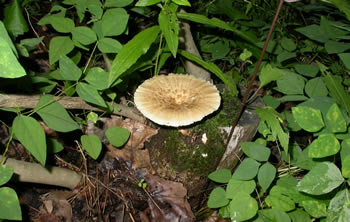
Figure 1.
Bresadolia craterella growing on a small stump.
Photo © Gary Emberger.
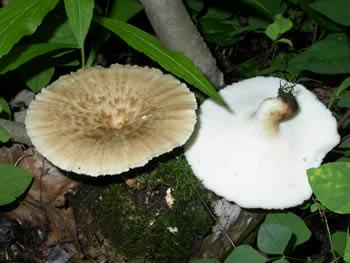
Figure 2. Note the radially wrinkled cap, depressed center,
white pores, and distinct stalk. Photo © Gary Emberger.
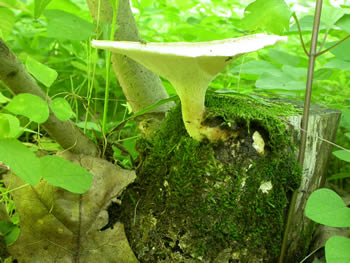
Figure 3. The central to eccentric stipe is in no part black.
The tube layer is decurrent. Photo © Gary Emberger.
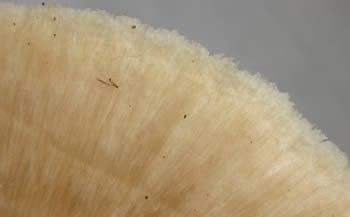
Figure 4. The cap margin is not so much fringed with hairs
but perhaps best described as lacerate.
Photo © Gary Emberger.
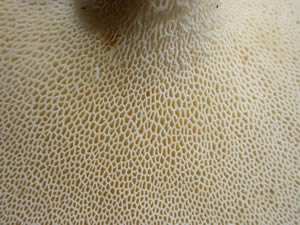
Figure 5. The pores are angular and about 1 mm in
diameter.
Photo © Gary Emberger.